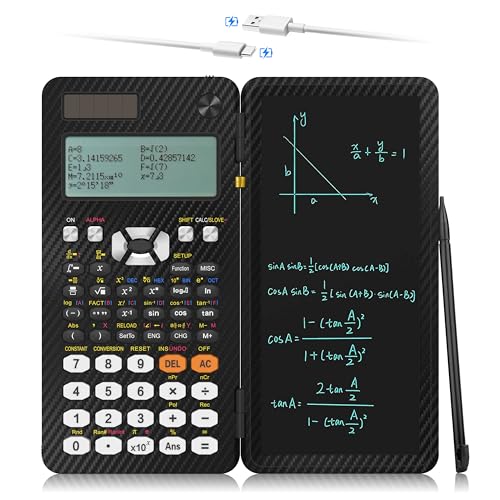True or false:
1. Doubling the length/depth of a ground electrode reduces resistance by 40%.
2. Doubling the diameter of a ground electrode only decreases resistance by 10%.
- The ground resistance is inversely proportional to the diameter of the ground rod. T or F?
- The ground resistance is inversely proportional to the length of the ground rod. T or F?
1. Doubling the length/depth of a ground electrode reduces resistance by 40%.
2. Doubling the diameter of a ground electrode only decreases resistance by 10%.





















